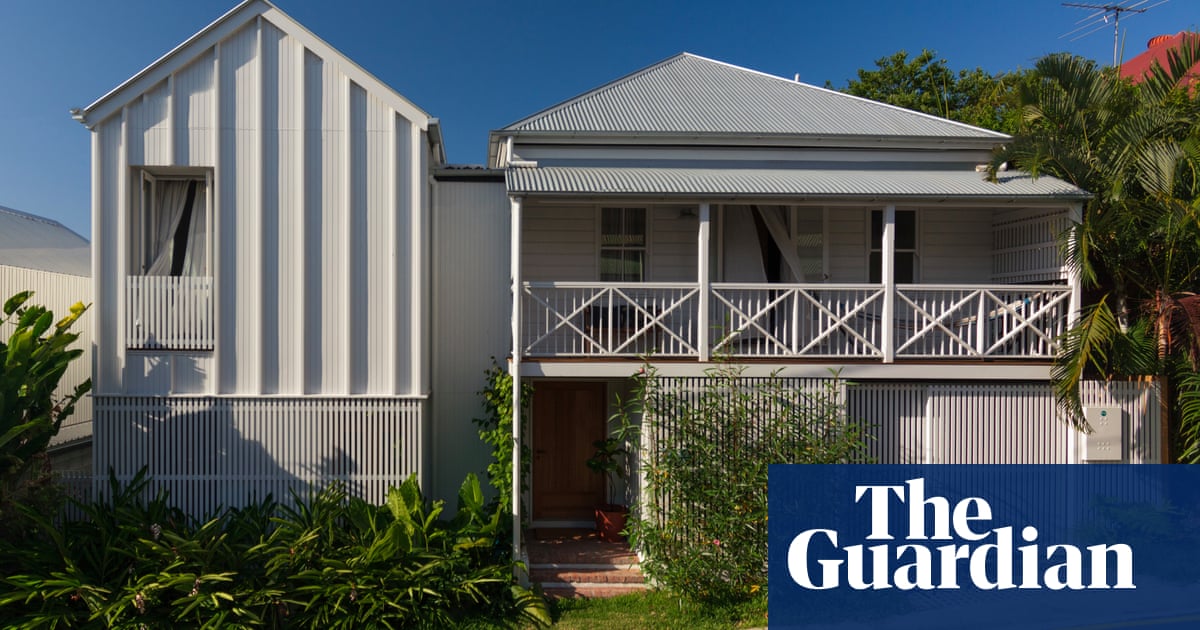"Energy efficient", "carbon neutral" and "net zero" are buzzwords we hear more and more as we face the impact of climate change. But do we think about them enough in building? Globally, a move towards sustainable housing is growing. In Europe, efforts to move to greener homes hope to combat rising energy costs and be better for the planet.
But 40% of global carbon dioxide emissions still come from the real estate sector. In Australia, off-grid electric homes are becoming more common. A recent report by the University of New South Wales is pushing the built environment industry to reach net zero by 2040, and according to a 2024 study by Domain, energy-efficient real estate is attracting more interest than conventional homes.

View image in fullscreen Huff'n'Puff Haus by Envirotecture – partially made of straw bales. Photograph: Marnie Hawson But even if net zero housing – which means your home releases no net carbon – is not yet the norm, many architects are beginning to champion sustainable design, aiming for high energy ratings and future-proofing homes to adapt with the changing climate. By reducing their carbon footprint, and using passive design – which focuses on conditions like sunlight and layout instead of artificial climate control – these net zero homes make it clear that going back to basics is key to making the switch.
Huff'n'Puff Haus, Strathbogie ranges, Victoria Once upon a time a big bad wolf could huff, puff, and blow the straw house down. But not an.
















